Where Do Ocean Animals Spend the Holidays?
Published by Ocean Conservancy
It’s the holiday season—a hustle and bustle time of year spent traveling, visiting family, wishing good tidings, and of course, eating scrumptious food. But while we’re busy on land, there’s an entire world of animals under the sea with their own, unique, sea-sonal traditions.
Have you ever wondered how ocean animals spend the holiday season? Learn about what ocean critters are doing during the winter months—and how our aquatic friends spend the holidays!
Coho Salmon (Oncorhynchus kisutch)
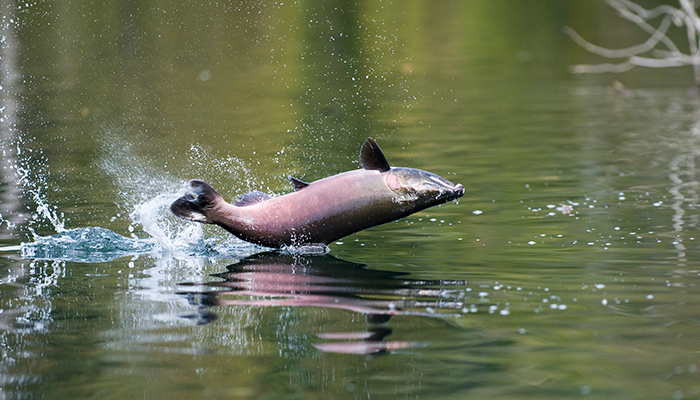

Considering all the work that goes into holiday dinners—cooking through all hours of the night to feed incoming relatives—it’s difficult to imagine experiencing a more stressful time. Coho salmon, however, think you have it easy.
Coho salmon can be found throughout the Pacific Northwest. Beginning in mid-November through mid-January, female adult salmon of California migrate to freshwater to spawn. Streams with gravel and sand bottoms are perfect for the pregnant salmon. Using their back fin, they carve out hollow nests in the gravel and proceed to lay around a hundred eggs in the nest. And that’s not all—they continue to create nests all throughout the stream, laying 1,000-3,000 eggs for the season!
Northern Elephant Seal (Mirounga angustirostris)
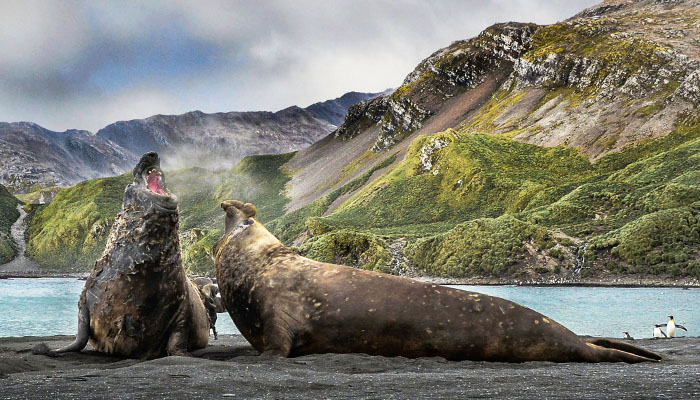

We all know tempers can run high during the holiday season—there just never seem to be enough mashed potatoes for everyone! But while you’re busy fighting with your brother-in-law over who gets the last slice of pecan pie, male elephant seals are arguing over who gets the best beach territory.
October marks the beginning of the season when elephant seals haul themselves onto the shore in places like San Simeon, California. From November to January, the male seals fight to establish their breeding territory in the rookery—what these beaches used for reproduction are called. Generally, the weaker males will be submissive and accept their smaller parcel of land (along with decreased access to females), but for more aggressive seals, the alpha male must be established. Preparing for a fight, the elephant seal will puff up his chest and become very vocal, sometimes resorting to violence—lunging and biting at one another—though there is rarely much injury. By January, most of the females arrive to give birth and mate again.
Gray Whales (Eschrichtius robustus)
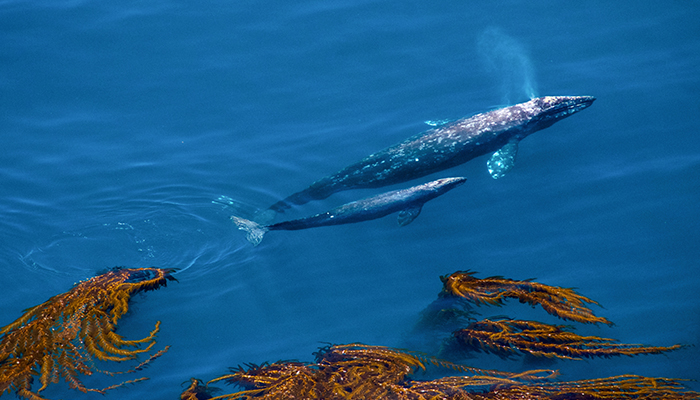

The holidays mark one of the busiest travel days of the year and it’s no exception for gray whales. As one of the oldest mammal species gracing the planet (30 million years!), gray whales have also have the longest migration of any mammal—traveling a whopping 12,000 miles each winter.
Pregnant females kick off the migration from cold, Alaskan waters to warmer climates off the coast of Southern California and Mexico. The female gray whales give birth here in the nursery lagoons and are later joined by males and juveniles. They don’t spend too long here as they must turn back towards Alaska around January, while mothers and their calves are the last to return, needing to be strong enough and full of blubber to face the journey.
Dungeness Crabs (Metacarcinus/Cancer magister)
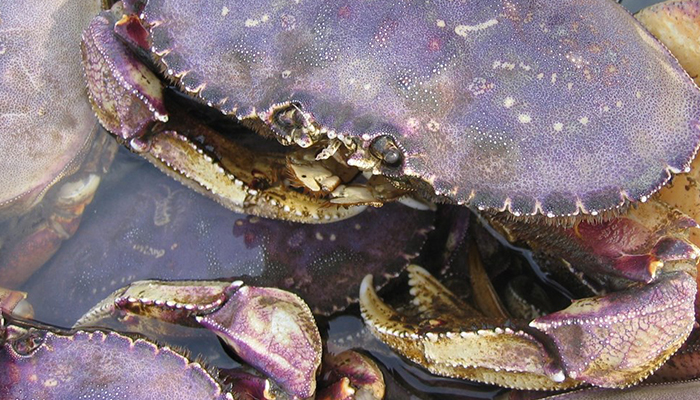

It’s funny that we mention Dungeness crab, because megalopae (premature crabs before they reach their juvenile stage) are a main food staple for both the Coho salmon and gray whales mentioned above. Mid-November through December sparks the beginning of Dungeness crab season, as they are just ready for eating. Right before this time, however, in October and November, female crabs begin their gestation period.
A life history study from California’s Department of Fish and Game shows that colder water temperatures lead to a higher success rate in egg development and a decrease in mortality rates. As the eggs develop, they attach themselves to the abdomen of the female crab until they hatch weeks later. Females bury themselves in sand for protection as the eggs grow. The egg masses appear bright orange in color and can contain as many as one to two million eggs!
Gentoo Penguin (Pygoscelis papua)
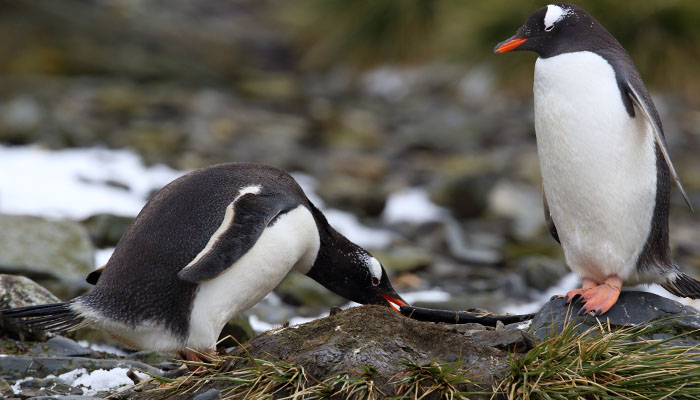

Near the chilly waters of South Georgia (an island of the Southern Ocean, north of Antarctica—NOT the southern part of Georgia state), you’ll find hundreds of Gentoo penguins gathered round for a special time of year. The tail end of October marks the average laying date for these penguins. Female penguins will lay two eggs and both parents—that are generally found to be in a monogamous pair—take turns incubating the eggs on the pebbly nests.
It takes just over a month until the eggs hatch, releasing hungry chicks in December that require daily feeding from foraging parents.
Dolphins (Tursiops)


In my humble opinion, one of the best aspects of the holiday season is spending time with family and friends over a warm meal. This is exactly one of the reasons why many species of dolphins find themselves seeking the warm shelter of Monterey Bay during the winter months.
Bottlenose dolphins, Pacific white-sided dolphins, Risso’s dolphins and northern right whale dolphins all enjoy the abundance of food available in the area as they rest, socialize and play.
Now keep in mind, this list doesn’t even skim the surface of the countless sea creatures beneath the tides. All over the world, the ocean brims with life that perseveres through the seasons. So, let’s be thankful for the greetings and good tidings we are given this year and cherish the magic of diversity in this beautiful world.
Sign up for our emails!
The post Where Do Ocean Animals Spend the Holidays? appeared first on Ocean Conservancy.
Read the full article at: https://oceanconservancy.org/blog/2018/12/04/ocean-animals-spend-holidays/


